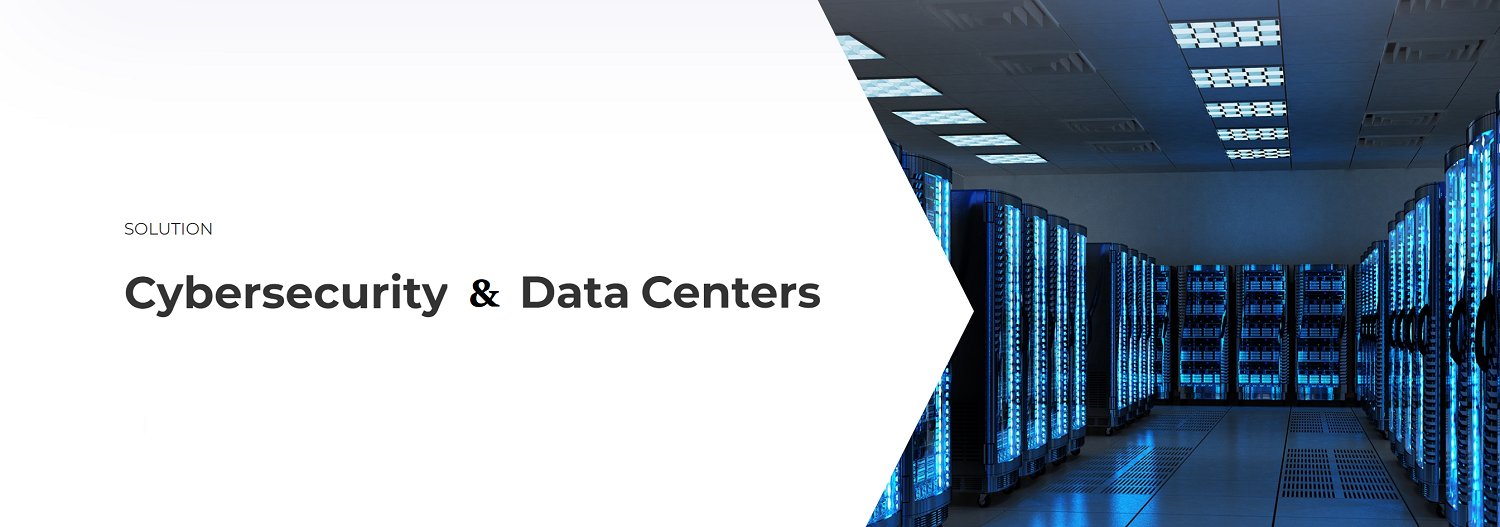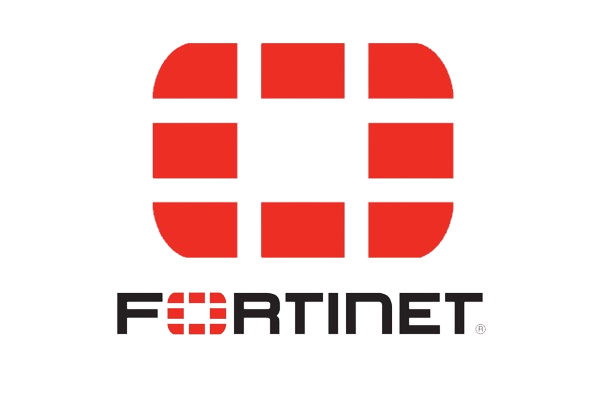
Cyber Security Definition:
Cybersecurity refers to the practice of protecting computer systems, networks, devices, and data from unauthorized access, exploitation, and attacks. It encompasses a range of technologies, processes, and practices designed to safeguard digital information and infrastructure from threats such as malware, phishing, hacking, and other cybercrimes. The goal of cybersecurity is to ensure the confidentiality, integrity, and availability of information, as well as the functionality and resilience of computing systems and networks.
Click the product brand name to get more detail.
Data Center Solutions:
When providing a data center solution to a customer, it’s essential to tailor the offering to meet their specific requirements and address their challenges effectively. Here’s a structured approach to delivering a data center solution:
- Understanding Customer Needs: Begin by thoroughly understanding the customer’s business objectives, IT infrastructure requirements, regulatory compliance needs, budget constraints, and any specific challenges they are facing.
- Assessment and Analysis: Conduct a detailed assessment of the customer’s current IT environment, including existing infrastructure, applications, data storage and processing requirements, performance metrics, security concerns, and disaster recovery plans.
- Solution Design: Based on the assessment findings, collaborate with the customer to design a data center solution that aligns with their objectives and addresses their needs. This may involve selecting the appropriate data center model (e.g., colocation, cloud, hybrid), determining the required infrastructure components (servers, storage, networking), and defining the necessary security, compliance, and disaster recovery measures.
- Infrastructure Provisioning: Once the solution design is finalized, provision the required infrastructure components, whether it’s deploying servers and networking equipment in a colocation facility, setting up virtual machines and storage resources in a cloud environment, or implementing a hybrid architecture that combines on-premises and cloud resources.
- Configuration and Integration: Configure the infrastructure components according to the customer’s specifications and integrate them into their existing IT environment seamlessly. This may involve setting up network connectivity, installing and configuring software applications, implementing security controls, and testing the system for compatibility and performance.
- Migration and Onboarding: If the customer is migrating from an existing IT environment, assist them in migrating their data, applications, and workloads to the new data center solution. Provide support and guidance throughout the migration process to minimize downtime and ensure a smooth transition.
- Training and Support: Offer training sessions to educate the customer’s IT staff on how to manage and operate the new data center solution effectively. Provide ongoing technical support, monitoring, and maintenance services to address any issues or concerns and ensure the continued performance and reliability of the infrastructure.
- Documentation and Handover: Document all aspects of the data center solution, including configurations, procedures, and support contacts, and provide the customer with comprehensive handover documentation. Ensure that the customer has the necessary information to operate and maintain the infrastructure independently.
- Review and Optimization: Regularly review the performance, security, and scalability of the data center solution in collaboration with the customer. Identify areas for optimization and improvement, such as capacity planning, performance tuning, and implementing new technologies or features to enhance efficiency and effectiveness.
By following this approach, we can deliver a tailored data center solution that meets the customer’s needs, aligns with their business objectives, and enables them to leverage the full potential of their IT infrastructure while ensuring security, reliability, and compliance.




